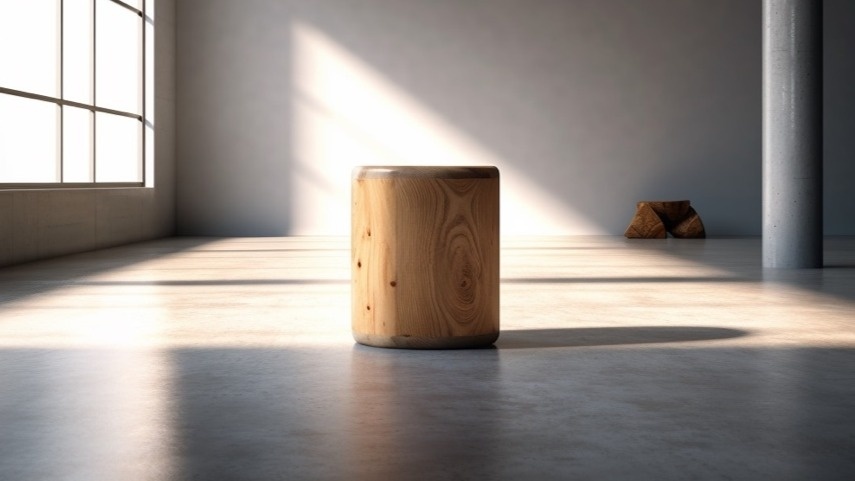
Art Commission
Automating Sustainability for the Venice Biennale
Client
HUSH
Challenge
HUSH was invited to exhibit at the 6th edition of the Time, Space, Existence Exhibit by the European Cultural Centre in conjunction with the Venice Architecture Biennale. The ECC’s exhibition seeks, “To increase the spectator’s awareness of their own existence as a human being who is influenced by a specific culture in Time and Space.” The goal of the 2023 exhibition was to showcase artworks in any medium related to this theme.
Opportunity
The Material Stories exhibition provokes audiences to think more critically about the materials that are used in our built environments, and inspires them with a unique take on the intersection of sustainability and creativity. Instead of seeing designing with sustainable materials as a constraint, we demonstrate a bold, new formal aesthetic by integrating sustainability data directly into our design process.

Credit: Photo by Matteo Losurdo
Audience Impact
# of Attendees
600,000
Spatial Impact
Installation Scale
100 Sq Ft, 3:00 Min Video
Global Impact
Exhibition Duration
7 Months

A Material Story
Material Stories is an exhibition of HUSH’s design exploration into embodied carbon, materiality, data-driven and generative design processes, and a new type of aesthetic. We wanted to explore new structural forms that reveal the invisible embodied carbon costs contained within their own materials.










Visualizing Invisible Carbon
We developed custom design software that calculates the embodied carbon costs of materials and alters the scale of a physical form to stay within a specified carbon budget. The visual characteristics of each material was driven by a relationship to its production in the real world (e.g. timber shaped by a lathe; clay shaped on a wheel, etc.) and specifically designed to remove the exact quantity of material according to its embodied carbon data. We used the software to generate the Materials Story exhibit which contains 144 iterations of these sculptural forms using a consistent set of building materials, design language and carbon budget.

Credit: Photo by Federico Vespignani

Credit: Photo by Federico Vespignani

An Aesthetic for Our World
Using this methodology, we imagined a future built environment that showcases this new aesthetic and connects us to the materials of sustainability. This new visual language and design process - in which objects, products, spaces, exhibitions and architecture outwardly display their hidden energy costs - represents the foundation on which to explore new scales of sustainable and expressive design.





Credit: Photo by Federico Vespignani



Credit: Photo by Federico Vespignani




Credit: Photo by Clelia Cadamuro

Credit: Photo by Giacomo Blanco

Credit: Photo by Giacomo Blanco
